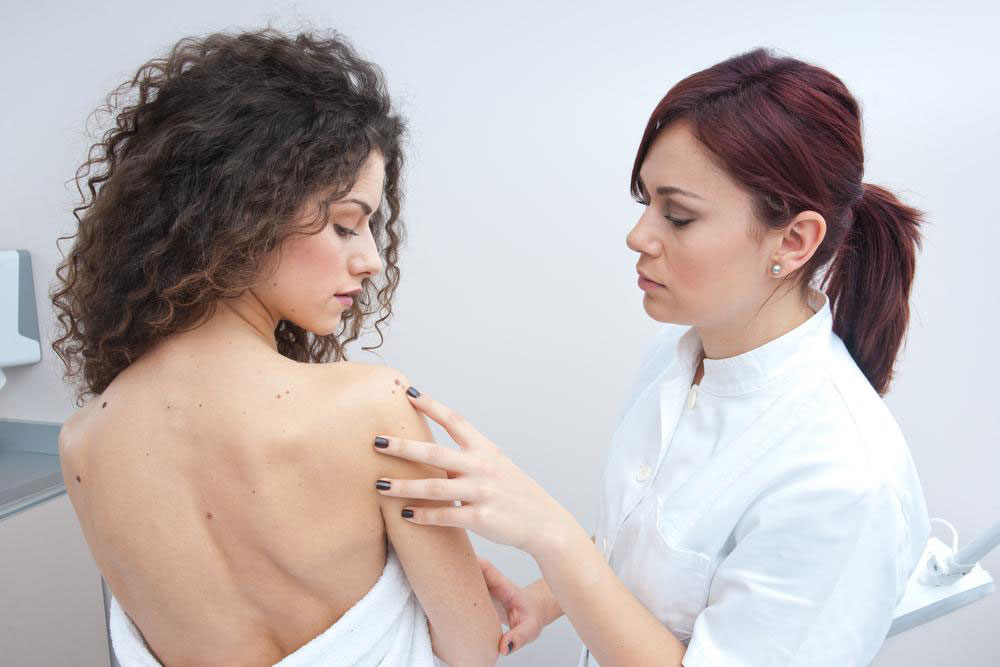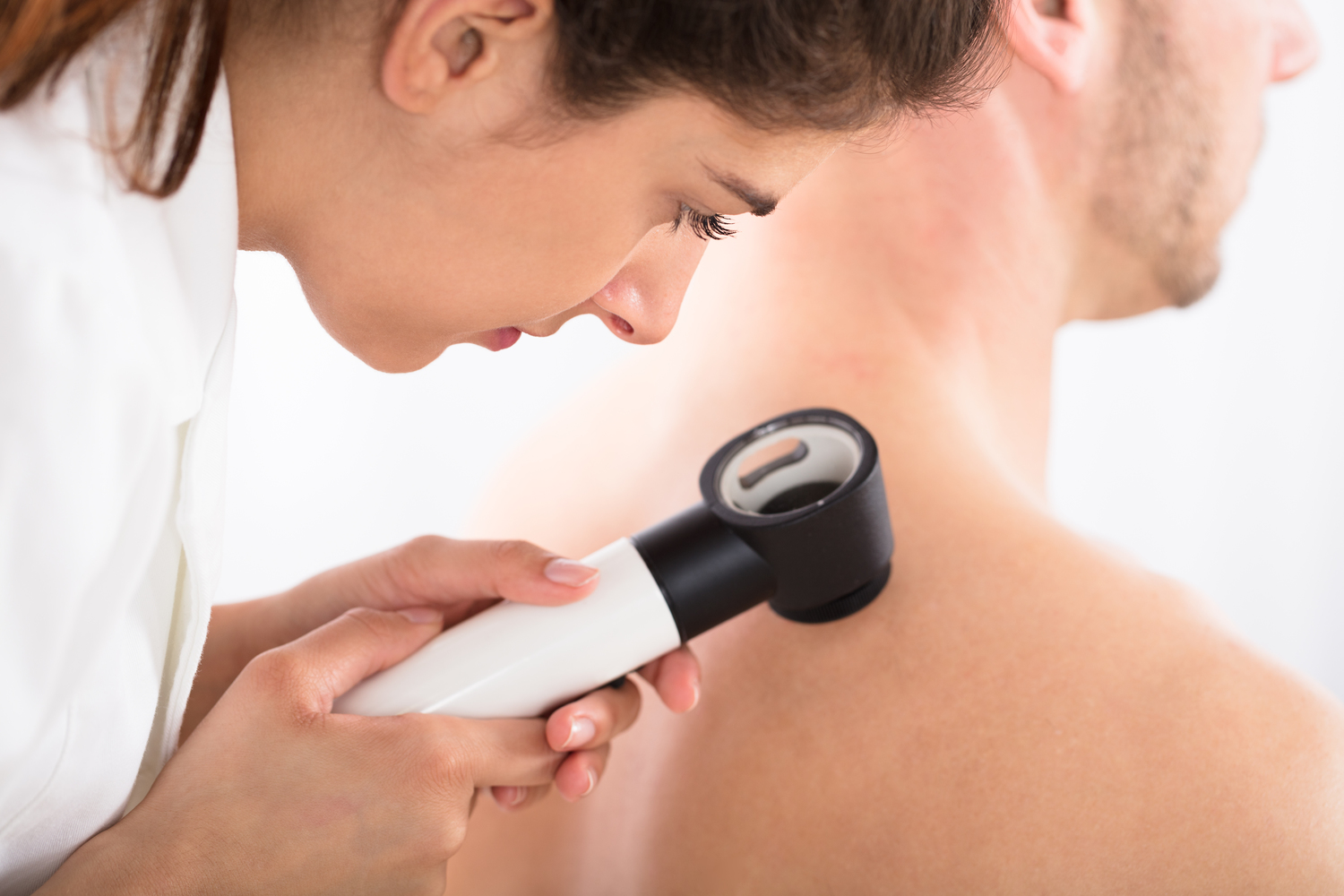Comprehensive Guide to Bacterial Skin Infections: Types, Symptoms, and Effective Treatments
This comprehensive guide explores bacterial skin infections, detailing the different types, symptoms, causes, and effective treatments. It emphasizes the importance of early diagnosis and proper medical intervention to prevent complications and promote healing. The article covers common bacterial skin conditions like impetigo, cellulitis, folliculitis, and abscesses, offering practical advice on home remedies and when to see a healthcare professional.

Comprehensive Guide to Bacterial Skin Infections: Types, Symptoms, and Effective Treatments
The human skin, serving as the largest and most exposed organ of the body, plays a vital role in defending against various infections. Despite this protective barrier, it remains vulnerable to a range of bacterial, viral, fungal, and parasitic infections. Bacterial skin infections are particularly common and can vary significantly in severity, from minor irritations to serious health conditions requiring prompt medical attention. Understanding the different types of bacterial skin infections, their symptoms, causes, and appropriate remedies is crucial for effective management and prevention.
While bacterial infections are a significant concern, it is important to recognize that skin infections can be categorized into four primary types: bacterial, viral, fungal, and parasitic. Each type has its own distinctive characteristics, causes, and treatment protocols. This comprehensive guide aims to shed light on bacterial skin infections specifically, providing in-depth information that empowers individuals to identify symptoms early and seek proper treatment.
Bacterial skin infections: Typically begin as small, red, raised bumps that can enlarge, develop pus, and sometimes break open. They can occur anywhere on the body and may be contagious, especially if bacteria spread through contact.
Mild bacterial infections are often manageable with topical antibiotics, which are applied directly to the affected area. In more severe cases, systemic antibiotic therapy, such as oral medications, might be necessary to eliminate the infection completely. Accurate diagnosis and timely medical intervention are essential to prevent complications and reduce the risk of bacterial spread.
Understanding the primary types of bacterial skin infections helps in effectively diagnosing and treating these conditions:
Impetigo: Common among children, impetigo causes honey-colored crusted sores, typically around the nose and mouth. It is highly contagious but easily treatable with antibiotics.
: A deeper bacterial infection affecting the layer beneath the skin, cellulitis manifests as red, swollen, tender skin that can spread rapidly. This condition requires prompt antibiotic therapy to prevent systemic spread.
: Infection of hair follicles leads to the formation of small, red bumps or pustules primarily on areas with hair growth, such as the scalp or thighs. It often results from bacteria entering the follicles and may resolve with topical or oral antibiotics.
: Localized collections of pus under the skin, abscesses often result from bacterial invasion and can cause significant pain and swelling. Surgical drainage and antibiotics are typically required for treatment.
Effective treatment options for bacterial skin infections encompass both home remedies and medical interventions. Some common approaches include:
Applying cold compresses several times daily to reduce inflammation, redness, and discomfort.
Using over-the-counter antihistamines or anti-inflammatory medications to alleviate itching and swelling.
Applying topical antibiotic ointments, such as mupirocin or fusidic acid, directly to the affected area for minor infections.
In cases of severe infections, healthcare providers may prescribe oral antibiotics—such as dicloxacillin, cephalexin, or doxycycline—to effectively eradicate bacteria and prevent recurrence.
Beyond medications, maintaining proper skin hygiene, avoiding shared towels or personal items, and keeping skin dry and clean are critical preventive measures against bacterial infections. It is vital to monitor symptoms closely; if they worsen or fail to improve within a few days, consulting a healthcare professional is recommended.
In summary, bacterial skin infections are common but manageable conditions if diagnosed early and treated appropriately. Understanding the different types, recognizing symptoms promptly, and following recommended treatment protocols can significantly reduce the risk of complications and promote quicker healing. Always seek medical attention for persistent or severe infections to ensure proper care and recovery.




